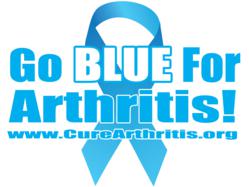The weather is lovely and has all ready found us in the woods, at the river and enjoying life outdoors. We have also on more than one occasion found those little blood sucking ticks on us. We have an important task that when we come back home to check for ticks and make sure none have found their way home with us. Perhaps this is why I feel that it is so important to help draw awareness to the issue of Lyme disease.
The CDC states that there are more than 300,000 cases of Lyme disease in the U.S. each year. Lyme disease gets its name from the place it was first discovered in Lyme Connecticut. Lyme disease is caused by a bacterium that is transmitted to people through the bite of infected black legged ticks. Symptoms of Lyme include headache, fever, fatigue and a skin rash.
Lyme disease is detected through lab testing, watching the symptoms and most often the physical rash and location where one lives and if a tick bite took place.
Problem occurs when the Lyme disease remains untreated and travels to the nervous system, heart and joints. Antibiotic treatment is often the most successful.
Prevent Lyme disease by
insect repellent
pest management and landscaping
checking and removing ticks which transmit not only lyme disease but many others as well
How NOT to remove a tick:
- DO NOT squeeze the tick
- DO NOT pour kerosene on it.
- DO NOT rub vaseline on the tick.
- DO NOT use a smoldering match or cigarette butt.
- DO NOT smother the tick with a cotton ball soaked in dishsoap.
- DO NOT twist the tick.
To remove a tick properly use fine point tweezers, grasp the tick as close to its mouth as possible and gently pull the tick straight up and out.














